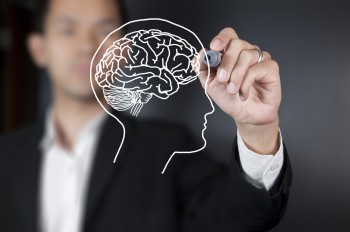A brain injury threatens the very essence of an individual’s personality. And like the broad spectrum of personality types, brain injuries themselves come in different forms, whether diffuse or focal damage, or penetrating or closed wounds – and the range within each category. Understanding the type and extent of injury helps personal injury lawyers to begin forming a compelling, thorough case for compensation and benefits for their client.
The damage suffered in an acquired brain injury typically fits into one of two categories: focal and diffuse. Focal describes a localized area of trauma, usually caused by an object striking the head. Medical specialists can use their knowledge of the specific area of the brain to document injury more precisely, as well as predict long-term effects more assuredly.
Diffuse damage caused by diffuse axonal shearing injury spreads over a much wider area and can impact different regions of the brain. Here, the injury may negatively affect many different brain functions, but not necessarily any one area significantly, which makes diagnosing difficult. In specialized centres, Neuro-radiologists can identify diffuse axonal shearing injury through MRI and other diagnostic imaging, which will assist the rehabilitation team in tailoring the rehabilitation program.
Medical specialists also categorize brain injuries according to the type of trauma, usually as a penetrating (or open) injury, where an object enters the brain from the outside and leaves a very visible source of trauma; or as a closed injury, where the object does not enter the brain.
In many cases of focal damage the type of injury is penetrating, such as when a foreign object or even a piece of skull enters the brain. Diffuse injuries commonly occur in car accidents, in cases of whiplash or sharp, violent movements that cause the brain to jar inside the skull.
While the patient’s number one goal should always be recovery, regardless of injury classification, it is up to the personal injury lawyer to work with qualified medical and rehabilitation experts and collect the proper evidence. A lawyer’s understanding of complex legal-medical concepts, or neurolitigation, will help them use that evidence – for example, of short- and long-term recovery prospects, impact on family, employment future – to achieve fair compensation for their client.
At Horowitz Injury Law, we are experienced and compassionate in dealing with traumatic brain injury claims. Visit www.horowitzinjurylaw.com to learn more.




